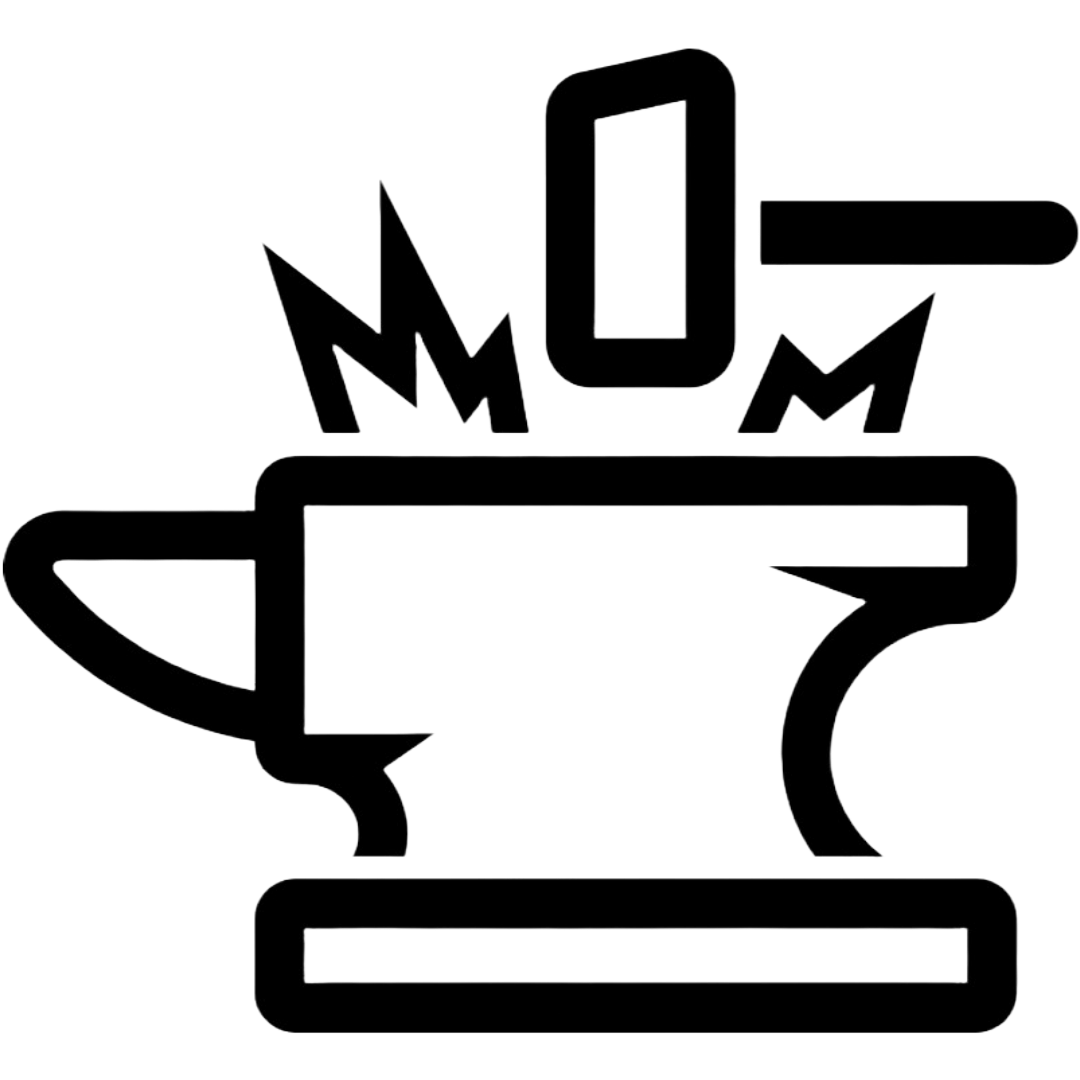Why Surveil: An Insight
Surveillance is an integral part of maintaining order and ensuring security. This post explores the reasons behind surveillance and the methods employed, including Physical, Technical, and Digital surveillance.
Understanding the Reasons Behind Surveillance
Surveillance is a common practice carried out for various reasons. It can be implemented by entities ranging from private businesses to law enforcement agencies, whose primary goal is to ensure safety and order. Law enforcement uses it for crime prevention, law enforcement, and citizen protection.
On the other hand, businesses may also employ surveillance to protect their interests. This can range from securing assets and intellectual property to monitoring employee productivity and gaining a competitive advantage in the marketplace.
Furthermore, surveillance can offer individuals personal security and peace of mind. This can be especially valuable for those who live alone or in areas with high crime rates. Surveillance systems, such as home security cameras, can provide a deterrent against potential threats and offer evidence in case of a security breach.
Maintaining Public Safety
Surveillance is crucial for public safety. Governments and law enforcement agencies use it to monitor potential threats and criminal activities. For instance, surveillance cameras in public places have been shown to help catch criminals and provide evidence in criminal investigations (1).
Ensuring Cybersecurity
We are now living in the digital age, a time when technology is at the forefront of nearly every aspect of our lives. As technology has advanced, so too has the nature of surveillance. It has evolved beyond the traditional physical forms and now includes cybersecurity efforts designed to safeguard our virtual world. Digital surveillance is a critical tool organizations and governments use to detect potential cyber threats and prevent them from causing harm. These cybersecurity measures aim to protect the integrity of our online spaces and the sensitive data stored within them. This is paramount in a world where digital data is increasingly valuable and vulnerable. This information has been supported by Pew Research Center (2) research.
Business Interests and Market Research
Surveillance systems protect businesses’ interests and facilitate essential market research in the corporate world. Companies, irrespective of their size and industry, employ surveillance not just as a security measure to prevent theft and other potential harm to their assets but also as a tool to monitor the productivity of their employees. Surveillance provides invaluable insights into employees’ working habits and helps identify areas that need improvement. In addition to this, surveillance also ensures regulatory compliance. This is especially significant in highly regulated industries, where failure to comply with specific rules and regulations can lead to severe consequences. Thus, surveillance is an integral part of the corporate sector that helps maintain order, prevent losses, and contribute to overall business growth (2).
Personal Security
From a personal perspective, implementing surveillance systems, such as home security cameras, gives individuals a heightened sense of control and assurance over their safety and property security. These systems deter potential intruders and can provide valuable evidence in a security breach. They offer real-time insight into what happens in and around one’s home, reducing the anxiety and uncertainty associated with personal security. This increased sense of control is significant today, where safety and security are paramount concerns (2).
How They Surveil
Surveillance methods can be divided into Physical, Technical, and Digital categories. These categories create multiple levels of security, each offering unique insights. They employ a variety of methods and technologies.
Physical Surveillance
Physical surveillance is a method that involves the direct observation of individuals or specific areas. This type of surveillance is crucial in gathering information and providing real-time, on-the-ground details about activities occurring within physical spaces. Law enforcement or private investigators often use it to track a person’s movements and actions or monitor the comings and goings within a particular location. Importantly, this form of surveillance plays a pivotal role in ensuring security, deterring criminal activity, and collecting evidence when necessary.
Technical Surveillance
Technical surveillance, a methodology that employs electronic devices such as Closed-Circuit Television (CCTV) systems and sophisticated audio recording equipment, plays a pivotal role in modern society. This surveillance method has become increasingly widespread, particularly in public spaces and workplaces, where it serves as an invaluable tool for maintaining safety and security. By capturing essential visual and auditory data, technical surveillance assists in creating a more secure environment, enabling swift response to any potential threats or violations, thus serving as a crucial element in today’s surveillance landscape.
Digital Surveillance
Digital surveillance, a modern and increasingly utilized technique, encompasses the systematic observation and tracking of online activities and the meticulous collection of data from various digital devices. This domain includes the comprehensive surveillance of internet activities, from casual browsing habits to more focused online engagements. Furthermore, it also involves extracting and analyzing data from an array of digital hardware such as smartphones, personal computers, and more. These processes are critical in national security, aiding in protecting and preserving a nation’s peace and safety, and also play a significant role in monitoring potential cyber threats. Such threats could range from minor system disruptions to major breaches that could have detrimental effects on a global scale. Therefore, the role of digital surveillance, as highlighted by the Pew Research Center, cannot be understated in today’s digital age, where the virtual world holds as much significance as the physical one (3).
When used responsibly, surveillance is a powerful tool for ensuring public safety, protecting business interests, and providing personal security. The different forms of surveillance—Physical, Technical, and Digital—each play a unique role in our modern society. Balancing surveillance with respect for privacy and individual rights is crucial, but its significant role in safety and security cannot be denied.
References
- Reolink. “Top 8 Pros and Cons of Surveillance Cameras in Public Places.” Reolink Blog. Accessed [Date]. https://reolink.com/blog/pros-and-cons-of-surveillance-cameras-in-public-places/.
- ResearchGate. “Effect and Significance of Surveillance Cameras for Individuals and Society.” Accessed [Date]. https://www.researchgate.net/publication/342346031_Effect_and_Significance_of_Surveillance_Cameras_for_Individuals_and_Society.
- Pew Research Center. “Americans’ views about privacy, surveillance, and data-sharing.” Pew Research Center. Accessed [Date]. https://www.pewresearch.org/internet/2020/11/20/americans-views-about-privacy-surveillance-and-data-sharing/.
